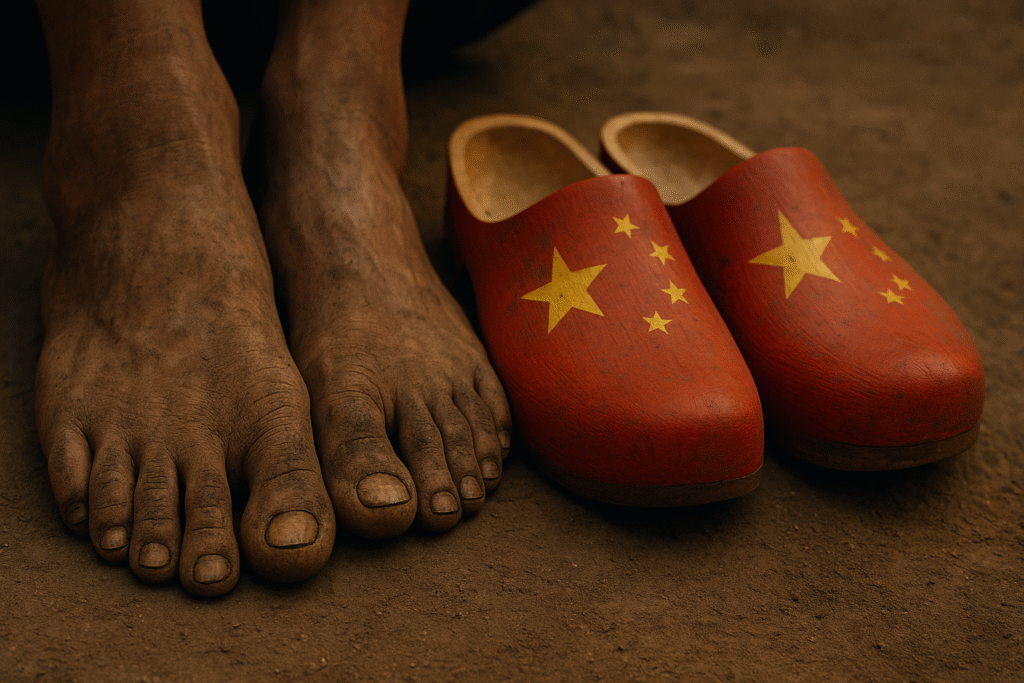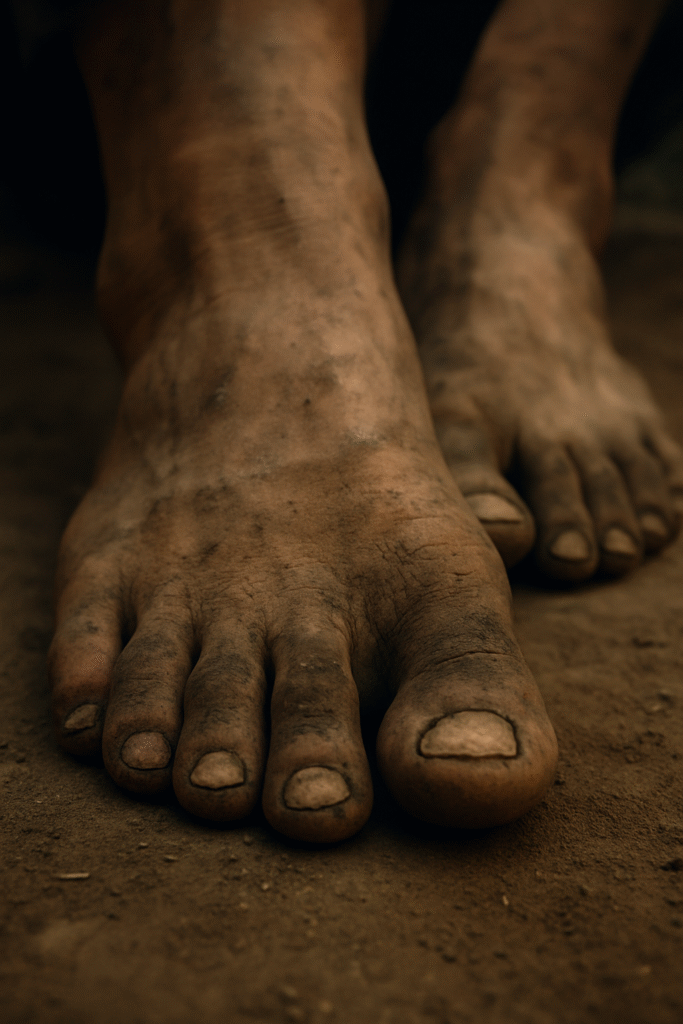In official speeches and glossy state propaganda, Xi Jinping portrays China as a nation marching confidently toward prosperity. Grand narratives of technological achievement, global influence, and national rejuvenation dominate the rhetoric of the Communist Party. But behind the scenes, in the shadows of glittering skyscrapers and high-speed trains, lies a different story. It is the story of millions of citizens who toil for long hours and still struggle to meet basic needs. In Xi’s China, national image is often prioritized over the lives of the people at the bottom of the economic pyramid.

The illusion of progress
While China boasts of lifting hundreds of millions out of poverty over recent decades, the reality today is more complex. Income inequality remains stark, especially between urban elites and rural populations. Government policies are tightly focused on growth metrics, global expansion, and industrial dominance, leaving little room for genuine investment in grassroots welfare. Xi’s emphasis on projecting strength to the outside world often comes at the cost of addressing domestic vulnerability. The myth of a unified, thriving population serves political goals more than humanitarian ones.

Prestige over people
Xi’s government spends heavily on image-building campaigns, both at home and abroad. Huge resources are devoted to state media, global infrastructure deals under the Belt and Road Initiative, and lavish celebrations of China’s political system. These investments are meant to showcase the superiority of the Chinese model. But on the ground, in factories, villages, and overcrowded dormitories, citizens experience a different reality. Workers in underdeveloped provinces often go unpaid for months. Healthcare access is patchy. Educational inequality is growing. These issues are not due to lack of resources, but a lack of political will to prioritize the truly vulnerable.
The symbolism of cheap clogs
Even symbolic items can reveal systemic neglect. One such example is the mass production of low-quality wooden clogs. These shoes are churned out in Chinese factories by workers who cannot afford the very products they help create. The irony is painful. A pair of clogs, perhaps sold for just a few yuan on global platforms like Temu or Shein, represents the extractive nature of the economy—maximum output, minimum dignity. For the poorest citizens, even these cheap shoes are out of reach. They walk barefoot, not only in a physical sense, but also within a system that has left them behind.
The disconnect between propaganda and reality
Xi Jinping often speaks of the “Chinese Dream,” a future of shared prosperity and rejuvenated greatness. But in practice, this dream is accessible to only a fraction of the population. For millions, it remains a cruel mirage. Propaganda campaigns frame hardship as sacrifice for a greater national cause. But as wealth concentrates in the hands of the politically connected, and basic rights are curbed under increasing authoritarianism, the promise of uplift becomes hollow. The contrast between political messaging and daily experience is growing too wide to ignore.
When pride silences pain
The Chinese government’s refusal to openly confront domestic hardship is not an accident. It is a calculated strategy. Acknowledging poverty, inequality, or systemic failure could undermine the carefully constructed narrative of national success. Instead of transparency and reform, the regime offers slogans and spectacles. It whispers about triumphs to the world while its own people whisper about survival. In doing so, Xi Jinping’s leadership reveals its true priorities—not the dignity of the worker, not the needs of the poor, but the perpetuation of control and prestige.
Until the voices of the marginalized are not only heard but acted upon, China’s rise will remain uneven. Wooden clogs, as trivial as they may seem, remind us of the deeper contradictions in a country where image often trumps substance. And for those left behind, the road forward remains long, dusty, and walked in bare feet.
